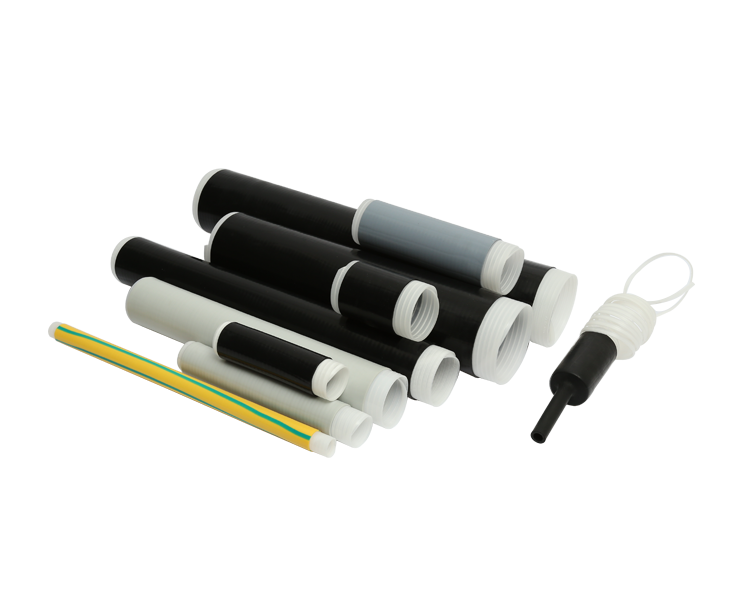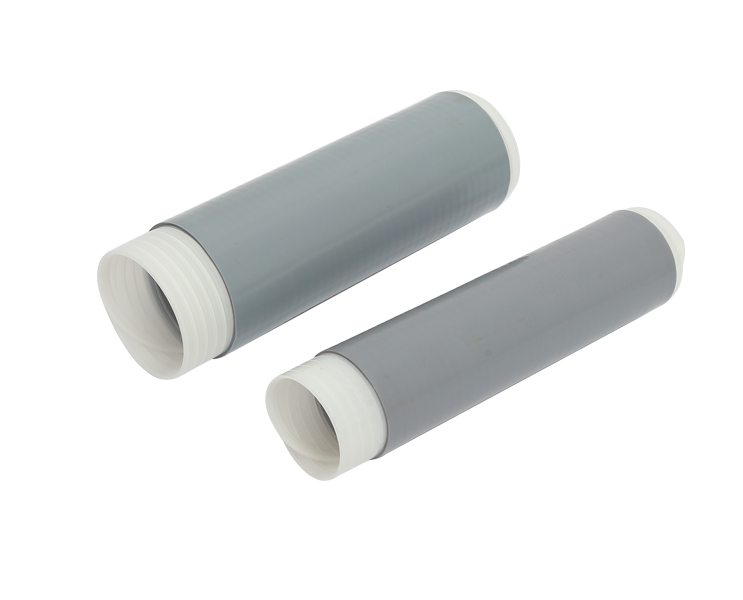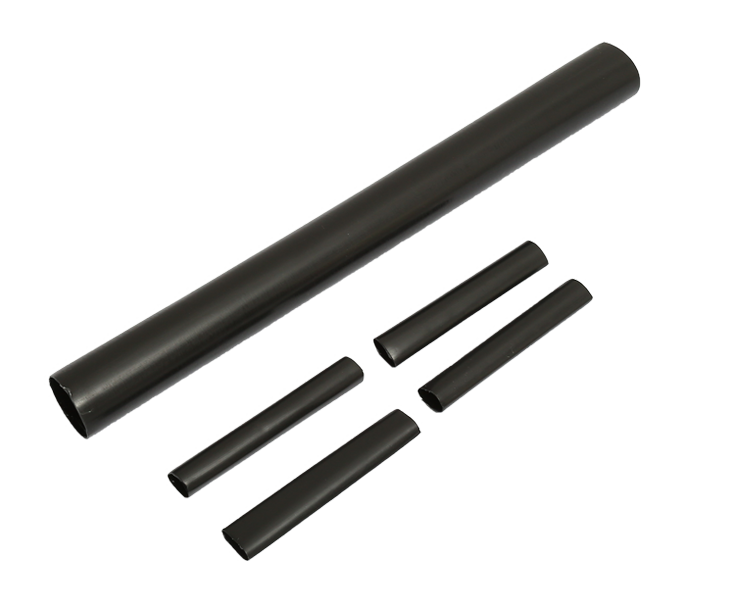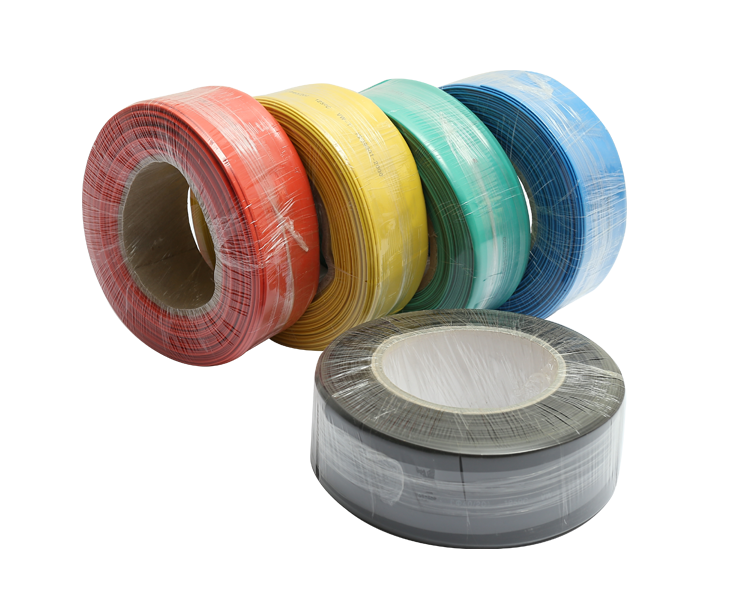Cold shrink terminations have revolutionized the field of cable termination, offering a convenient and effective method for ensuring the integrity and longevity of cable connections. These terminations are particularly useful in both outdoor and indoor settings, but they are designed with specific considerations to cater to the unique demands of each environment.
Outdoor Cold Shrink Termination: Enduring Harsh Conditions
Outdoor cold shrink terminations are engineered to withstand the challenges posed by the elements, such as temperature fluctuations, moisture, UV radiation, and mechanical stress. Their functionality is tailored to provide reliable performance in even the harshest outdoor environments:
1. Weather Resistance: Outdoor cold shrink terminations are crafted from materials that offer excellent resistance to weathering, UV radiation, and moisture. This ensures that the termination remains effective and durable over extended periods of exposure to the elements.
2. Temperature Extremes: Outdoor terminations are designed to handle a wide range of temperatures, from freezing cold to scorching heat. This adaptability prevents degradation of the termination due to thermal cycling.
3. Mechanical Protection: Outdoor cold shrink terminations provide robust mechanical protection to cables, guarding against physical damage caused by impacts, vibrations, and environmental factors.
4. Sealing Capability: These terminations offer superior sealing capabilities, preventing water and moisture ingress that could lead to cable insulation breakdown or electrical faults.
5. Longevity: The resilience of outdoor cold shrink terminations ensures the longevity of cable connections, minimizing maintenance requirements and reducing the risk of downtime.
Applications of outdoor cold shrink terminations include power distribution lines, telecommunication cables, and utility installations where cables are exposed to extreme weather conditions and require dependable protection.
Indoor Cold Shrink Termination: Emphasis on Insulation and Compactness
Indoor cold shrink terminations are designed to address the specific needs of indoor environments, focusing on efficient insulation and space-saving characteristics:
1. Insulation Efficiency: Indoor terminations prioritize insulation properties to ensure a controlled environment that prevents electrical leakage, short circuits, and potential hazards.
2. Compact Design: These terminations are often more compact than their outdoor counterparts, catering to limited space within indoor facilities, control panels, and distribution cabinets.
3. Ease of Installation: Indoor cold shrink terminations are designed for easy and quick installation, minimizing downtime during cable termination and maintenance procedures.
4. Fire Resistance: In indoor settings where fire safety is crucial, some indoor cold shrink terminations are manufactured using flame-retardant materials to mitigate fire hazards.
5. Reduced Environmental Impact: Indoor terminations may have lower weather resistance requirements, which allows for a focus on sustainable and environmentally friendly materials.
Indoor cold shrink terminations find applications in indoor power distribution, telecommunications rooms, data centers, industrial facilities, and building wiring systems where space constraints and controlled environments necessitate efficient and reliable cable terminations.
Both outdoor and indoor cold shrink terminations offer unique functionalities tailored to their respective environments. Outdoor terminations excel in withstanding harsh outdoor conditions, providing weather resistance, mechanical protection, and durability. On the other hand, indoor terminations prioritize efficient insulation, compact designs, ease of installation, and fire resistance to cater to the needs of controlled indoor environments. By recognizing and understanding these differences, industries can make informed decisions when selecting the appropriate cold shrink termination for their specific applications.

 English
English 简体中文
简体中文



